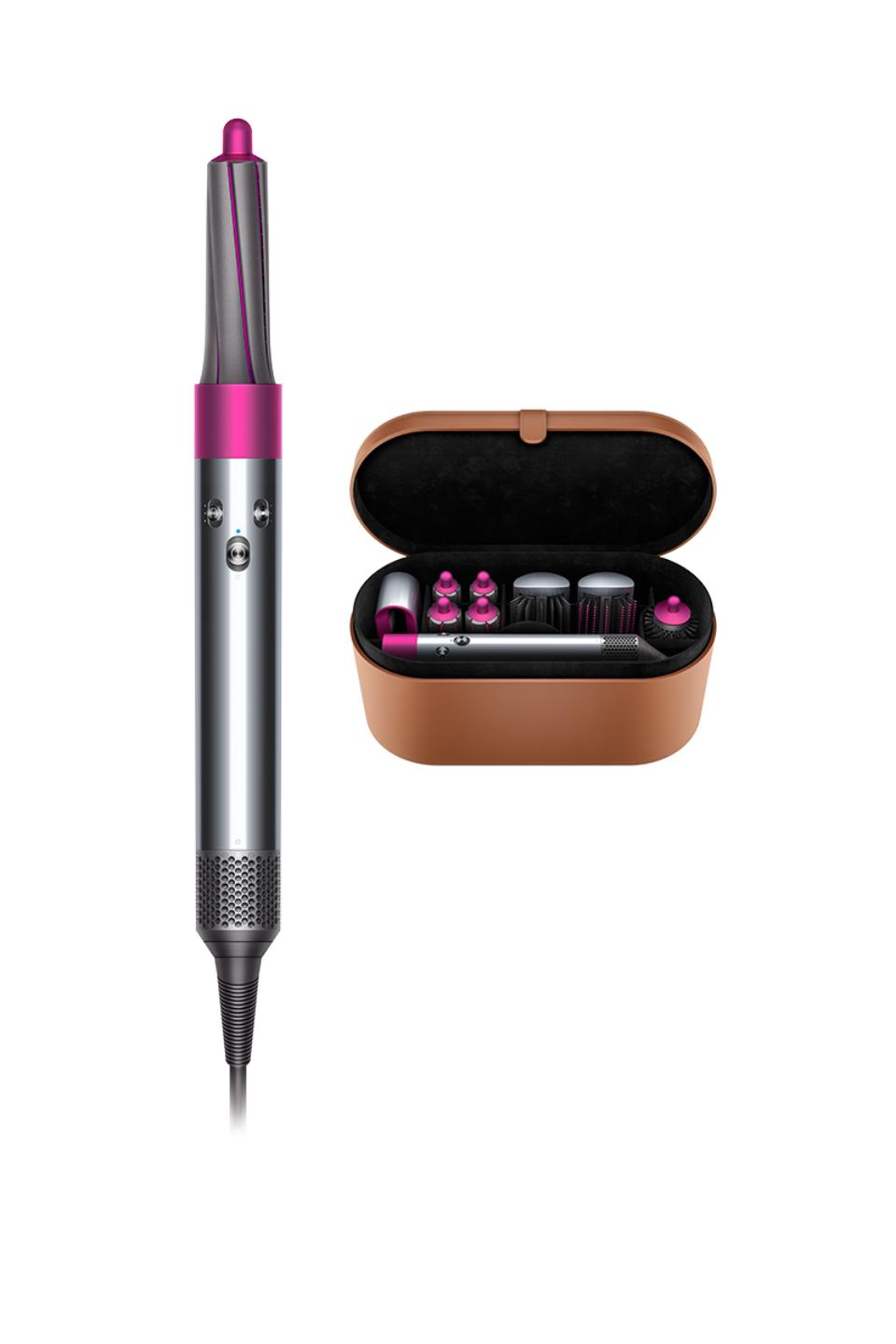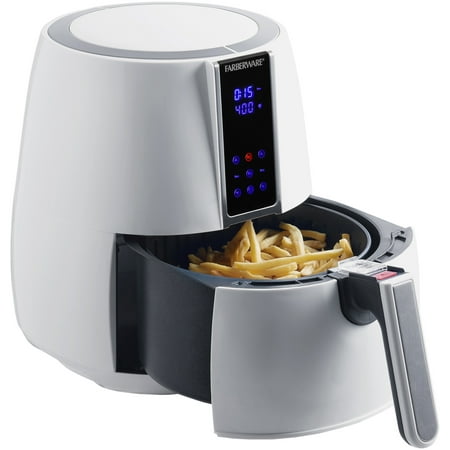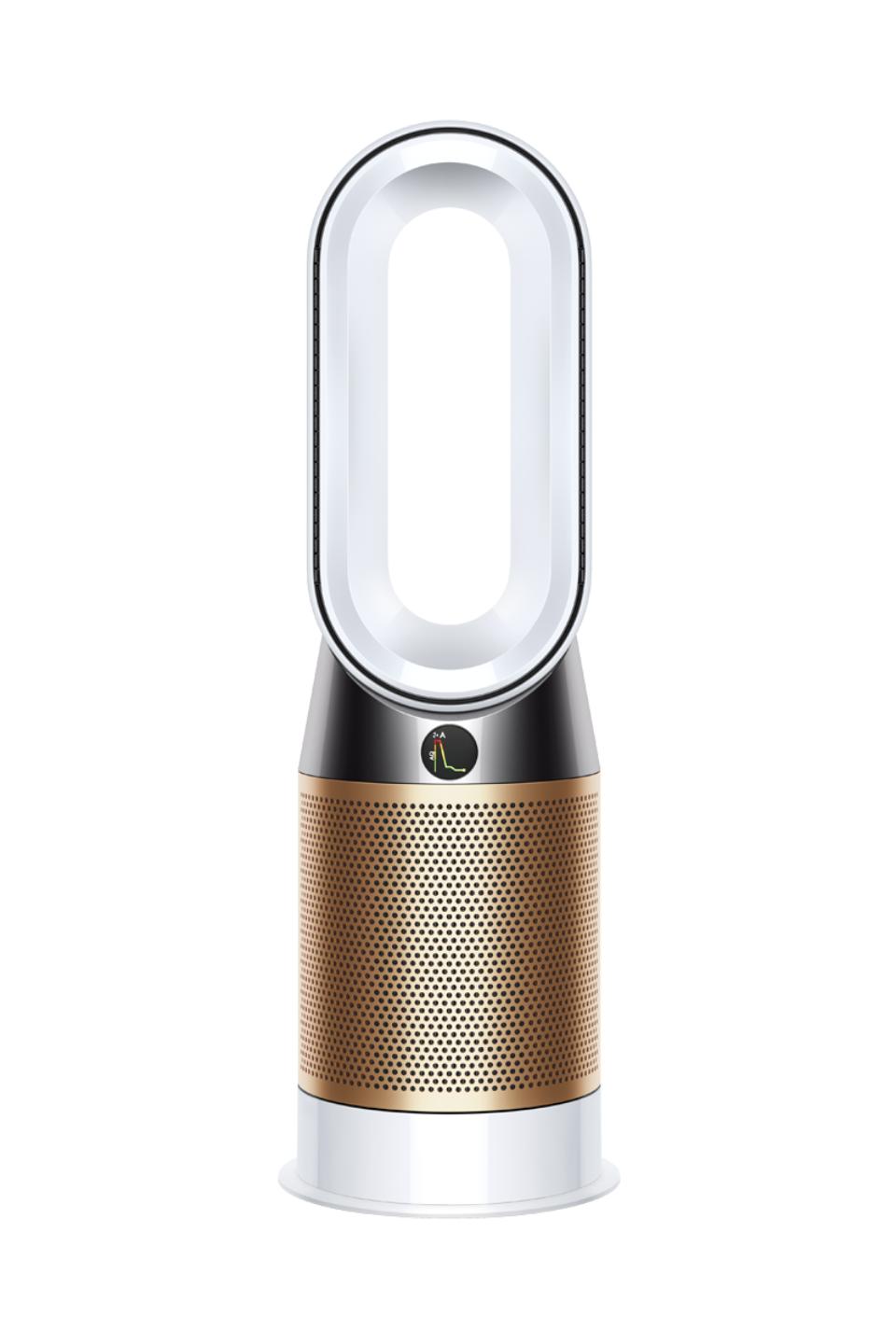Batteur sur socle Custom de KitchenAid – 4,5 pte – 325 W – Rouge empire
Grand bol en acier inoxydable de 4,5 pte (4,26 l) offrant assez d’espace pour mélanger la pâte pour 6 douzaines de biscuits, 3 miches de pain ou 6 lb de pommes de terre en purée en une seule fois. Moteur de 325 W offrant assez de puissance pour les mélanges épais. Dix vitesses pour une variété de tâches, y compris mélanger des ingrédients humides et secs.
Préparez tout ce que vous voulez, comme de la pâte à gâteau et de la purée de pommes de terre avec le batteur sur socle à tête inclinable Custom de KitchenAid. Doté de 10 vitesses et d’un grand bol de 4,5 pte en acier inoxydable, ce batteur sur socle vous permet de préparer de la pâte pour 6 douzaines de biscuits d’un seul coup. Mouvement de malaxage planétaire tournant vers 67 différents points de contact pour des mélanges rapides et uniformes.
- Grand bol en acier inoxydable de 4,5 pte (4,26 l) offrant assez d’espace pour mélanger la pâte pour 6 douzaines de biscuits, 3 miches de pain ou 6 lb de pommes de terre en purée en une seule fois
- Moteur de 325 W offrant assez de puissance pour les mélanges épais
- Dix vitesses pour une variété de tâches, y compris mélanger des ingrédients humides et secs
- Mouvement de malaxage planétaire tournant vers 67 différents points de contact dans le bol pour offrir des mélanges rapides et uniformes, pétrir de la pâte, fouetter de la crème et bien plus encore
- Comprend un batteur plat (pour mélanger les ingrédients), un crochet pétrisseur (pour pétrir la pâte) et un fouet à 6 fils en métal (pour les meringues, la crème fouettée et les glaçages)
- Module d’alimentation transformant le batteur sur socle en véritable centre culinaire compatible avec des accessoires optionnels, comme un hachoir et une machine à pâte (vendus séparément)
- Cadre robuste en métal pour une durabilité accrue
- Bol allant au lave-vaisselle pour un nettoyage facile et rapide
Additional information
| Capacité | 4,26 l |
|---|---|
| Puissance | 325 W |
| Dimensions - Largeur | 22,22 cm |
| Dimensions - Hauteur | 35,56 cm |
| Dimensions - Profondeur | 41,91 cm |
| Largeur (pouces) | 8,74 po |
| Hauteur (pouces) | 14 po |
| Profondeur (pouces) | 16,5 po |
| Poids | 9,98 kg |






by Mike
Je l’ai acheter le mois dernier et j’en suis tres content.